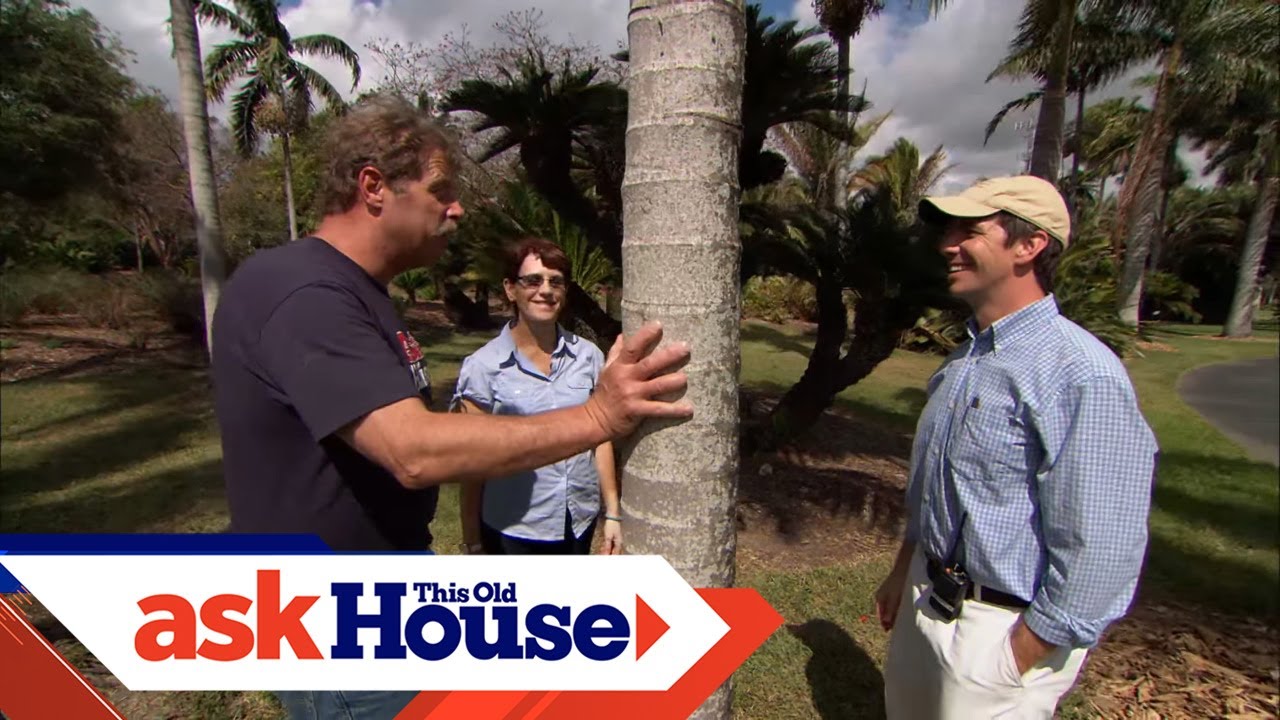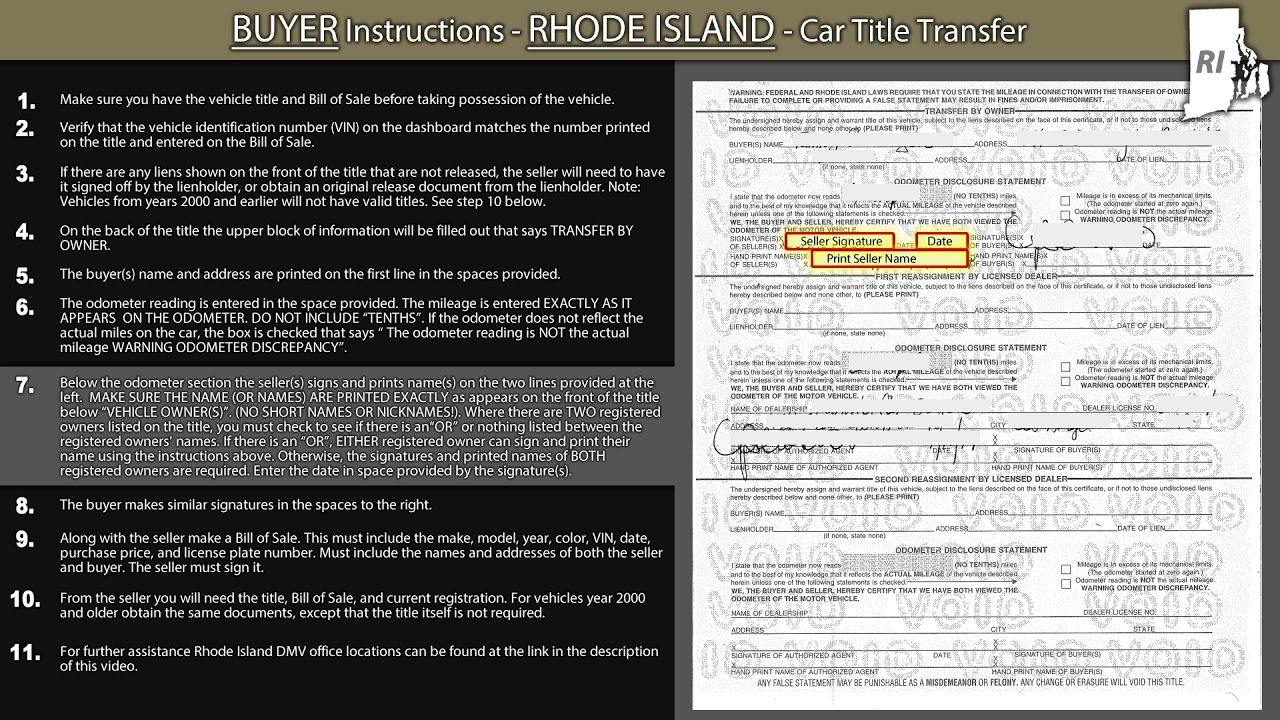Is it feasible to grow palm trees in Rhode Island?
The idea of cultivating palm trees in Rhode Island may seem far-fetched, considering the state’s cold climate. However, with proper care and selection of suitable palm tree varieties, it is indeed possible to grow these exotic trees in the Ocean State. This article will examine the factors that influence the growth of palm trees in Rhode Island and explore the varieties best suited to its climate. Additionally, we will provide tips for successfully cultivating palm trees and discuss the importance of appropriate soil conditions, irrigation, protection from frost, and maintenance practices.
Understanding the suitability of palm trees in RI’s climate
Before diving into the specifics, it is crucial to understand the suitability of palm trees in Rhode Island’s climate. The state experiences a humid continental climate, characterized by cold winters and warm summers. This climate presents challenges for tropical plants like palm trees, as they are native to tropical and subtropical regions. However, advancements in horticulture and the availability of cold-hardy palm tree varieties have opened up possibilities for growing palms in Rhode Island.
Examining the average temperature and humidity in RI
Rhode Island’s climate is heavily influenced by its proximity to the Atlantic Ocean. The state experiences average temperatures ranging from 20°F (-6.7°C) in winter to 70°F (21.1°C) in summer. The humidity levels in Rhode Island typically range from 60% to 80%. These temperature and humidity conditions create a microclimate that can be conducive to growing certain palm tree species, especially during the warmer months.
Factors influencing the growth of palm trees in RI
Several factors influence the growth of palm trees in Rhode Island. One significant factor is sunlight. Palm trees thrive in full sun conditions and require at least six hours of direct sunlight each day. Additionally, the availability of well-draining soil is essential as palm trees do not tolerate excessive moisture. The wind can also impact palm trees, as Rhode Island experiences coastal winds that may damage the fronds and hinder growth.
Analyzing the minimum temperature palm trees can tolerate
The ability of palm trees to tolerate low temperatures is crucial when considering their viability in Rhode Island. While many palm tree varieties are not cold-hardy, some can withstand freezing temperatures. For example, the Windmill Palm (Trachycarpus fortunei) can tolerate temperatures as low as -10°F (-23.3°C), making it a suitable choice for Rhode Island’s climate. Other cold-hardy varieties include the Needle Palm (Rhapidophyllum hystrix) and the Dwarf Palmetto (Sabal minor).
Exploring palm tree varieties suitable for RI’s climate
Choosing the right palm tree variety is crucial for successful cultivation in Rhode Island. In addition to the aforementioned cold-hardy palms, other suitable options include the European Fan Palm (Chamaerops humilis), the Saw Palmetto (Serenoa repens), and the Pindo Palm (Butia capitata). These varieties can withstand lower temperatures and have proven to thrive in similar climates.
Tips for successfully cultivating palm trees in RI
To successfully cultivate palm trees in Rhode Island, several tips should be followed. Firstly, it is essential to plant palm trees in well-draining soil rich in organic matter. Regular watering is necessary, especially during periods of drought, to prevent root rot and maintain palm tree health. Mulching around the base of the tree helps retain moisture and provides insulation during colder months. Additionally, applying a balanced palm fertilizer every few months can promote healthy growth.
The importance of appropriate soil conditions for palms
Palm trees require specific soil conditions to thrive. Well-draining soil is crucial, as excessive moisture can lead to root rot and other diseases. Sandy loam soil with good drainage is ideal for palm trees. It is recommended to amend the soil with organic matter, such as compost or peat moss, to improve drainage and provide essential nutrients. Regular soil testing can help monitor the pH levels and adjust them accordingly for optimal growth.
Irrigation and water requirements for palm tree growth in RI
Proper irrigation is essential for palm tree growth in Rhode Island. While palm trees are drought-tolerant once established, they require regular watering during their establishment period. This typically involves deep watering once a week, ensuring the moisture reaches the root zone. During hot summer months, increased watering may be necessary to prevent dehydration. However, it is crucial to strike a balance, as excessive watering can lead to root rot.
Protecting palm trees from frost and cold spells in RI
Rhode Island’s cold winters pose a challenge for palm trees. Protection from frost and cold spells is crucial to ensure their survival. Wrapping the trunk of the palm tree with burlap or frost cloth can provide insulation and protect against freezing temperatures. Additionally, covering the fronds with burlap or blankets during severe cold spells can prevent damage. Placing mulch around the base of the tree helps insulate the roots and retain warmth.
Pruning and maintenance practices for palm trees in RI
Proper pruning and maintenance are essential for the health and aesthetics of palm trees in Rhode Island. Dead or damaged fronds should be regularly removed to promote healthy growth. However, it is important not to over-prune, as it can weaken the tree. Trimming off the fruit stalks of certain palm varieties can redirect energy towards growth. Regular inspection for pests and diseases is also recommended, as early detection can prevent further damage.
Conclusion: The feasibility of growing palm trees in RI
In conclusion, while Rhode Island’s climate may seem challenging for palm tree cultivation, it is indeed feasible with the right variety selection and proper care. Understanding the suitability of palm trees in Rhode Island’s climate, considering factors such as temperature, humidity, and sunlight, is crucial. By selecting cold-hardy palm tree varieties, providing appropriate soil conditions, proper irrigation, protection from frost, and regular maintenance, palm trees can thrive in Rhode Island, adding a tropical touch to its landscapes.





